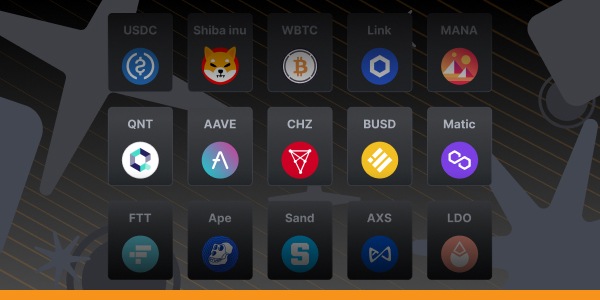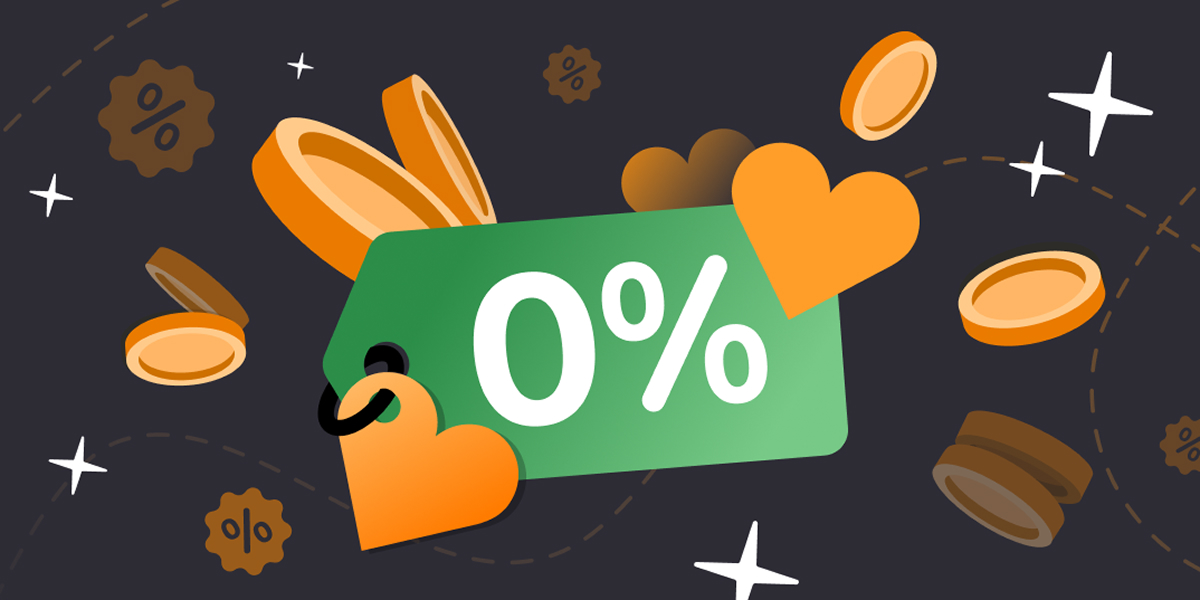NC Wallet News
View allSecure and Stable
All You Need to Know about Stablecoins

Stablecoins are the “stable” currencies of the cryptocurrency world. The main idea behind those coins: their value is tied to other reserve assets like the dollar, euro, or even gold!
Thanks to them, nowadays many people can get into the world of crypto with more convenience and safety! And in this article, we will discuss the top 4 facts you need to know about stablecoins!

Stablecoins — low volatility
Coins like Bitcoin (BTC) or Ether (ETH) historically have been known as volatile assets. On one hand, it has its benefits but, on the other, it can make usage of these cryptocurrencies for day-to-day payments more challenging.
For that reason, stablecoins were created. The fact that they are pegged to other reserve assets dramatically reduces their volatility and makes it easier to utilise them on daily bases.
Stablecoins can be used not only on the Internet
Stablecoins’ low volatility opens an opportunity for their widespread utilisation. Nowadays you can use them not only for trading on the Web but also to make purchases in real life! For example, on October 3, 2022, the multinational fast-food chain, McDonald’s started to accept Tether (USDT) as a payment method in the city of Lugano, Switzerland.
Types of stablecoins
In general there are 3 types of stablecoins and each of them uses its own pegging mechanism to stabilise their value.

Fiat-backed stablecoins
Such assets keep dollars, euros, and other assets in reserves that are maintained by independent custodians and are regularly audited. The pool of reserve assets of such cryptocurrencies is equal to their market cap. The most popular currency in this category is Tether (USDT), pegged 1:1 to USD.

Crypto-backed stablecoins
They work similarly to fiat-backed ones but instead of the common currency, they use cryptocurrencies.
Let's take the DAI stablecoin as an example. A DAI token is created every time a user sends some Ether to a smart contract that issues a stablecoin. To create DAI in the amount of $100, you need to deposit a cryptocurrency in the amount of $150 (ratio 1:1.5) — this is done to avoid risks when the value of ETH falls.

Algorithmic stablecoins
The last type is different from the other two. Here, stablecoins may not have any reserve assets at all. They are fully decentralised and their pricing is supported by smart contracts. It works according to the following algorithm:

Imagine that you have two coins: Coin-1 and Coin-2.


When the cost of Coin-1 falls below $1, all its users receive a discount on the purchase of Coin-2.


During the purchase of Coin-2, the following two actions will occur: the creation of new Coin-2 assets and the decrease in the number of Coin-1 assets.


Thus, the supply of Coin-1 will decrease and its value will begin to rise. Once it reaches $1, Coin-2 holders will be able to exchange it for Coin-1 at a 1:1 rate. At the same time, when buying Coin-1, the number of Coin-2 assets will decrease.
Stablecoins get all blockchain benefits
You can send stablecoins to any compatible crypto wallet from anywhere you want. And what’s important, the transaction will be done by blockchain which almost illuminates any possible risks. Stablecoins can be traded, kept, and used easily and fast — without a need for any third-parties involvement.
Unlike many cryptocurrencies, the same stablecoin can be used on various blockchains. For instance, Tether (USDT) currently supports the Algorand, Ethereum, EOS, Liquid Network, Omni, Tron, Bitcoin Cash’s Standard Ledger Protocol, and Solana blockchains.
Stablecoins are incredibly versatile and keep a lot of benefits inside. If you decide to start working with them, make sure to keep them safe inside a trusted crypto wallet!
 NC WALLET
NC WALLET

Recently Added

4 more coins on Binance network

All fees are covered by NC Wallet


 en
en de
de
 fr
fr
 es
es
 it
it
 ru
ru
 pt
pt